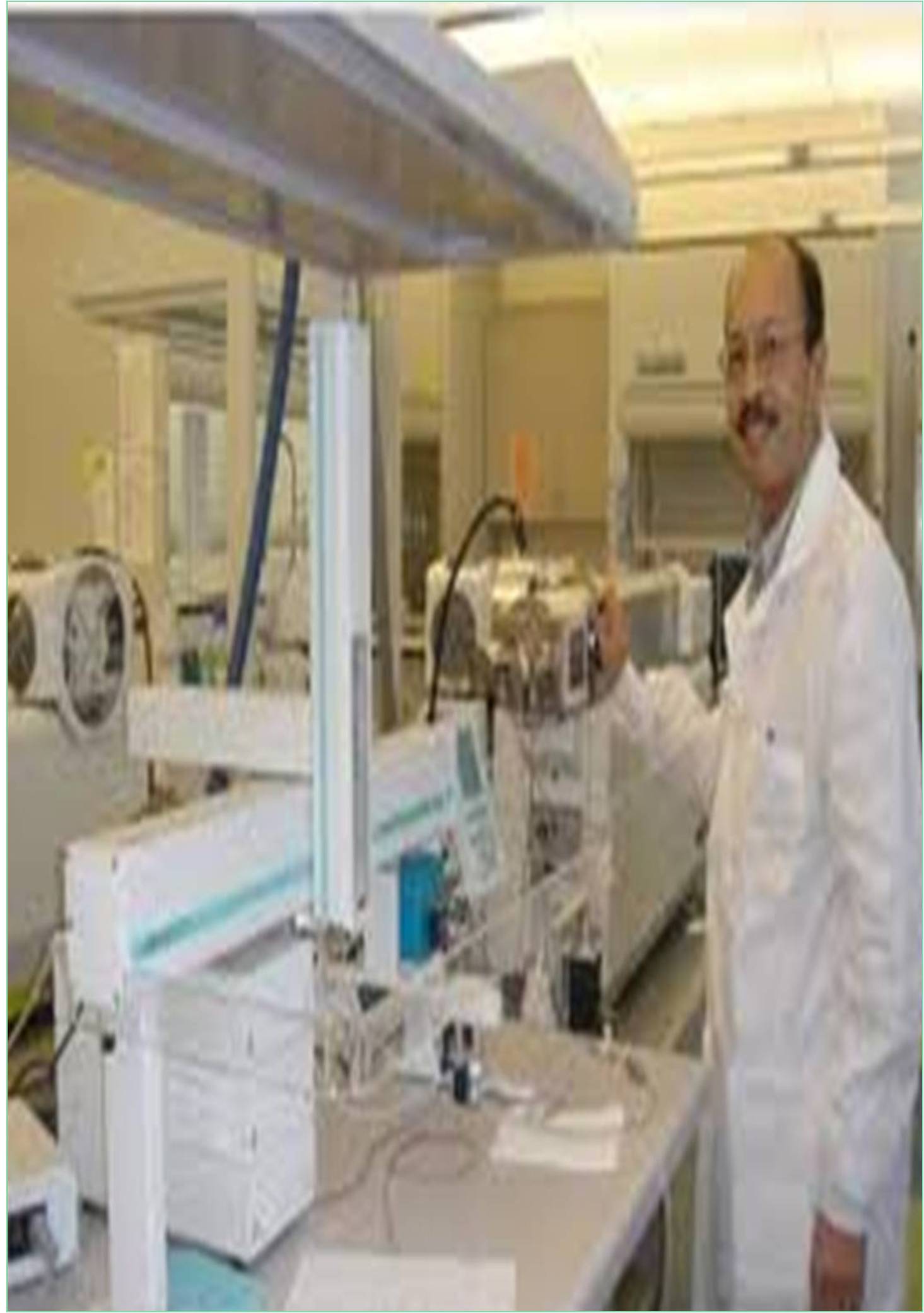



Received: 26-Jan-2022, Manuscript No. IJCB-22-61281; Editor assigned: 31-Jan-2022, Pre QC No. IJCB-22-61281(PQ); Reviewed: 14-Feb-2022, QC No. .IJCB-22-61281; Revised: 22-Feb-2022, Manuscript No. IJCB-22-61281 (R); Published: 28-Feb-2022, DOI: 10.15651/IJCB.22.7.019
The study of the chemical substances and processes that occur in plants, animals, and microbes, as well as the changes they go through during development and life, is known as biochemistry. It is concerned with the chemistry of life, therefore it employs analytical, organic, and physical chemistry techniques, as well as those of physiologists interested in the molecular foundation of vital processes. Biochemistry is a term that is interchangeable with two older terms: physiological chemistry and biological chemistry. Molecular biology refers to the branch of biochemistry concerned with the chemistry and function of very large molecules (such as proteins and nucleic acids). Biochemistry is a relatively new science, having only been known as since around 1900. Its roots, on the other hand, may be traced considerably further back; its early history is intertwined with that of physiology and chemistry. Despite these early foundational findings, significant progress in biochemistry had to wait until the creation of structured organic chemistry, one of the nineteenth-century science's great successes. The elucidation of these substances chemical changes within the living cell is a fundamental subject in biochemistry. Clearly, determining the molecular structure of the organic chemicals found in living cells has to come first, followed by research into the biological mechanisms that allow these substances to be generated and eliminated. The development of analytical methods for the detection of diverse blood constituents was an early goal in biochemistry, as it was thought that abnormal levels might signal the presence of metabolic disorders. The clinical chemistry laboratory has evolved into a key investigative tool for physicians in the diagnosis and treatment of disease, and it is now an essential component of every hospital. Some of the older analytical methods for diagnosing common diseases are still widely used, such as tests to determine blood glucose levels in diabetes, urea levels in kidney disease, uric acid levels in gout, and bilirubin levels in liver and gallbladder disease.
Methods in Biochemistry
Biochemistry methods, like other disciplines, strive to quantify, or measure, outcomes, sometimes using sophisticated gear. The investigation of the materials entering and leaving an organism (foods, oxygen) was the first method to studying the processes in a live entity (excretion products, carbon dioxide).
Centrifugation and Electrophoresis
The centrifuge is an important instrument in biochemical research because it employs rapid spinning to apply strong centrifugal forces to suspended particles or even molecules in solution, causing separations based on weight differences. Red cells from blood plasma, nuclei from mitochondria in cell homogenates, and one protein from another in complex combinations can all be separated in this way. Proteins are separated via ultracentrifugation, which involves spinning at extremely high speeds. The molecular weights of proteins can be determined by photographing the protein layers as they form in the centrifugal field.
Chromatography and Isotopes
The unique solubility of the material in aqueous and natural solvents provides all other bases for analysis. In an advance shape; a separation became performed in complicated equipment via way of means of partition of materials in numerous solvents. A simplified shape of the identical precept developed as ‘‘paper chromatography,” wherein small quantities of materials can be separated on clear out paper and recognized via way of means of suitable shade reactions. In evaluation to electrophoresis, this approach has been implemented to a huge type of organic compounds and has contributed notably to investigate in biochemistry.
Biochemistry, Field of technology involved with chemical materials and strategies that arise in plants, animals, and microorganisms. It includes the quantitative willpower and structural evaluation of the natural compounds that make up cells (proteins, carbohydrates, and lipids) and of these plays a key role in chemical reactions important to life. Biochemists look at cells many complicated and interrelated chemical changes. Encompass the chemical reactions way of means which proteins and all their precursors are synthesized, meals is transformed to strength ( metabolism), hereditary traits are transmitted (heredity), strength is saved and released, and all organic chemical reactions are catalyzed.